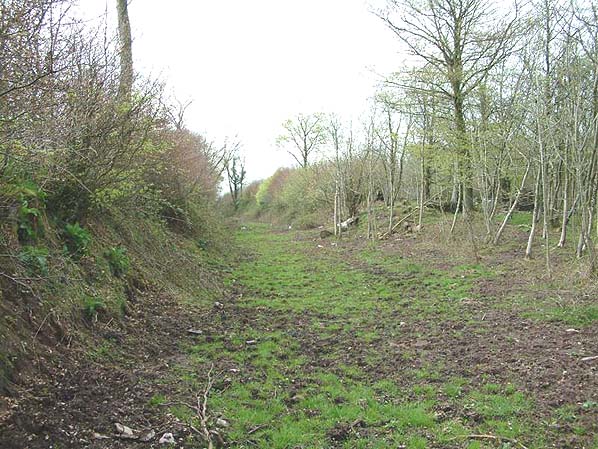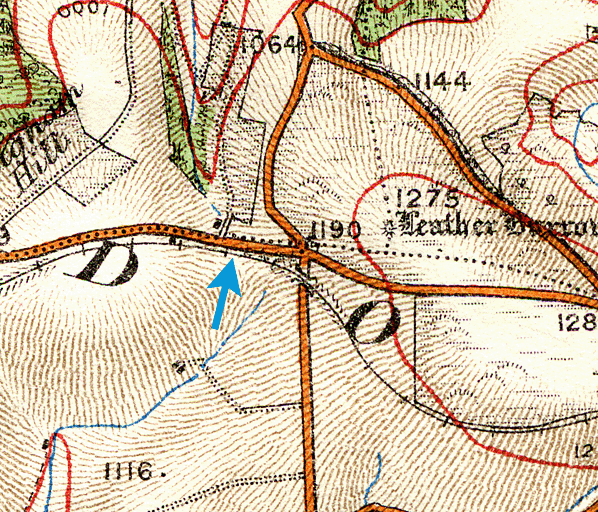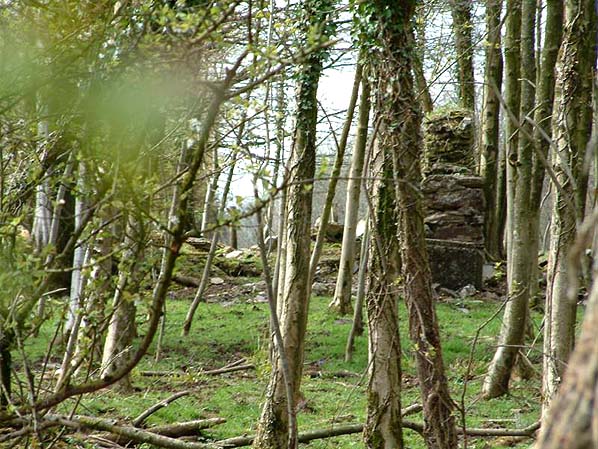|
Notes: The station was also known as Langham Hill.
The West Somerset Mineral Railway was a private venture by The
Brendon Hills Iron Ore Company to extract Iron Ore 1000 feet above
sea level in the Brendon Hills. The ore was transported to Watchet
Harbour (West Jetty) for onward transmission to the Ebbw Vale
Co. in South Wales. It included a 3/4 mile long 1 in 4 incline
at Comberow. Although the line built primarily as a freight line
and for the use of miners it occasionally carried some other passengers
from September 1857. To serve the isolated communities (along
the Brendon Hills at the various mines), a public passenger service
between Watchet and Comberow was introduced on 4th September 1865
and it was possible to travel up the incline and on to Gupworthy
in a truck, free, but at one's own risk. The mines finally closed
in September 1883 due to competition from cheap imports and the
passenger service was reduced to two mixed trains daily. All traffic
ceased on 8th November 1898 when the rolling stock was moved to
Ebbw Vale by means of a temporary connection to the GWR Minehead
Branch at Kenrsford.
Part of the route between Watchet and Comberow was re-opened
in 1907 by The Somerset Mineral Syndicate using cheap second hand
wagons and an ex-Metropolitam Railway tank engine. They also re-opened
the incline but did not extend the reopening to Gupworthy but
built a steam worked 2 ft gauge narrow-gauge line along the roadside
to Raleigh's Cross Inn and then down an incline to Colton Mine.
Although there was a public excursion on July 4th 1907 complete
with Watchet Council and the town band, they travelled in open
wagons. No passenger service was introduced. This venture collapsed
in March 1910.
Australian Inventor A.R.Angus took over the Watchet to Washford
section to demonstrate his patented automatic train control in
December 1911 using two GWR locomotives.
The track was commandeered by The Ministry of Munitions in 1917
being lifted by 1919.
An Act of Parliament Abandoned the line with an auction of the
land and property in 1924 with the company being wound up in 1925
Further reading:
The West Somerset Mineral Railway by Roger Sellick - published
by David & Charles 1962.
Railways Around Exmoor by Robin Madge - Exmoor Press 1971 ISBN
0 900131 18 7
The Old Mineral Line by R.J.Sellick - Exmoor Press 1976 ISBN 0
900131 39 X
The Watchet Museum (by the harbour) also has a large collection
of photographs of the line.
To see the other
stations on the West Somerset Mineral Railway click on the station
name: Watchet, Washford,
Roadwater, Comberow,
Brendon Hill & Gupworthy
|




 Home Page
Home Page 